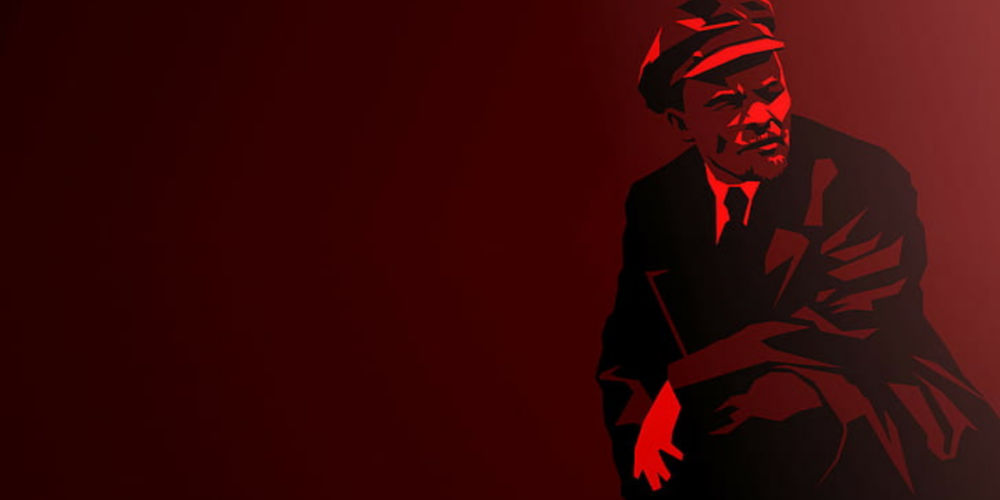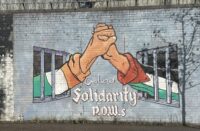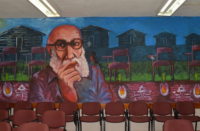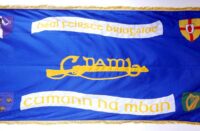… Once a fortnight the train comes through the Kuyan-Bulak railway station. …Then the whole of Kuyan-Bulak, Hare Spring in the local language, gathers on the platform. The cobbler Vasily Solntse and the community leader’s wife in an antediluvian smock, Semen Nikitish Trobka and the Red Army soldiers … Two cisterns form the tail of the hoarse train, … they bear the inscription “For petroleum”, but underneath it is written in chalk “For drinking water”. This water is intended for Kuyan-Bulak and should last for a fortnight. …
As soon as evening falls, all the inhabitants start shivering from the cold. From the highest authority, the station master, to the half-wild Sarts living in their yurts, they all suffer from the terrible swamp disease, malaria. It is a gruesome hour when the sun disappears behind the sand drifts. Behind the railway station, white mountains of camel bones shimmer, and behind this ancient camel graveyard, a dense cloud of mosquitoes rises, humming and singing. …
To suppress malaria, the swamp has to be doused with a layer of petroleum, but there is no petroleum at the Kuyan-Bulak station …
At the end of December, Stepa Gamalev, the Red Army man, with the agreement and co-operation of the stationmaster, the only administrative representative, and with the help of Vasily Solntse, the only representative of the proletariat, arranged a meeting of all the inhabitants of Kuyan-Bulak … Gamalev took the floor and … said that the day on which Lenin was to be commemorated was approaching. … He said that even the small, forgotten Kuyan-Bulak would have to acquire a plaster Lenin. … After a week had passed, they … gave the fourth part of their earnings to the Russian man, for Lenin.
… a second meeting of all the inhabitants of Kuyan-Bulak was held at the Hare Spring. … Gamalev again spoke good words that penetrated deep into the hearts of the Sarts. He said that Kuyan-Bulak was one big fever. To suppress it, it would be necessary to pour a thin layer of petroleum from Semipalatinsk over the swamp behind the ancient camel graveyard; the mosquito swarms would die from it. It would be better to buy petroleum for the joint money instead of the plaster bust, because then the Sarts and Russians would no longer be shaken by fever at night. And it would also be a much better monument to Lenin, because he always looked after the Sarts and Turkmen and other tribes. The Sarts understood him immediately and nodded their heads vigorously in their high, pointed caps.
Two weeks later, … the train … brought three cisterns. The third contained petroleum. … The poor, orphaned descendants of the Kokand Khans took filled buckets in their hands and all went to the swamp, all of one mind. On that day meetings and assemblies were held all over the republic, enthusiastic speeches were made in towns and villages and good deeds were performed in Lenin’s memory. The requiem roared over hamlets, villages and large cities. Streams of black petroleum flowed over the swamp behind the Hare Spring.
If you ever use the Central Asian railway line and pass the small Kuyan-Bulak station, … if you have time, you will see a red rag on the station building with the inscription:
This is where Lenin’s monument was to stand, but instead of the monument, petroleum was bought and poured over the swamp. This is how Kuyan-Bulak extinguished malaria in Lenin’s name and memory.
Soviet newspaper, 1929






